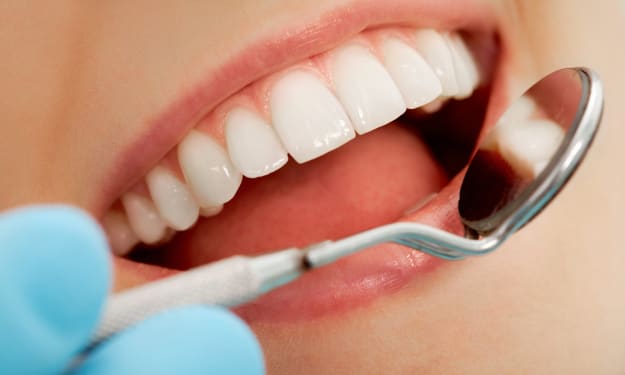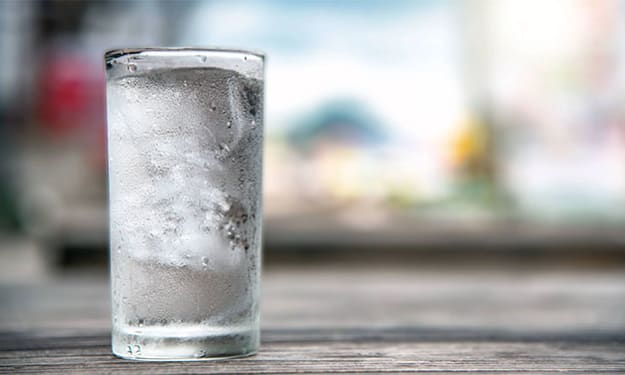6 Home Remedies for Dyspnea
Deep or pursed lip breathing and a change in seating position are two approaches that may assist in reducing breathing problems. Nasal congestion can be relieved by inhaling steam. On the other hand, Anyone having extreme trouble breathing needs immediate medical attention.

Deep or pursed lip breathing and a change in seating position are two approaches that may assist in reducing breathing problems. Nasal congestion can be relieved by inhaling steam. On the other hand, Anyone having extreme trouble breathing needs immediate medical attention.
Dyspnea is the medical term for shortness of breath. Despite its prevalence, it can be unpleasant and distressing to endure.
However, if it is not an indication of a more serious condition, it is frequently treatable at home.
This article will look at several home treatments for shortness of breath that people can attempt. It will also look at the signs and reasons for shortness of breath, as well as when to see a doctor.
If patient knows what is causing their shortness of breath and it is not a medical emergency, they may wish to try to alleviate it at home.
The following activities can help relieve shortness of breath:
1. Deep breathing
Breathing deeply through the abdomen can assist someone in managing their shortness of breath. People can practice deep breathing at home by:
1. Lie down and rest your hands on your stomach.
2. Deeply inhale via the nose, expanding the abdomen and allowing the lungs to fill with air.
3. Hold your breath for a few seconds.
4. Exhale slowly via your mouth, emptying your lungs.
People can execute this exercise multiple times per day or whenever they feel short of breath. It is preferable to breathe gently, easily, and profoundly rather than rapidly.
You can also try diaphragmatic breathing or other sorts of deep breathing exercises.
However, the data supporting deep breathing exercises for shortness of breath is limited, and the study is ongoing.
There are also certain hazards linked with incorrectly conducting deep breathing exercises. When these workouts are performed poorly, they can be more harmful than beneficial.
Deep breathing exercises, for example, can cause hyperinflation in some persons with severe chronic respiratory diseases, which occurs when an increase in lung volume limits efficient airflow in the body.
Other dangers include decreased diaphragm strength and increased shortness of breath.
To reduce potential dangers, undertake these exercises with the assistance of a competent medical practitioner if at all possible.
2. Pursed lip breathing
Pursed lip breathing is another breathing exercise that might assist in easing shortness of breath.
Pursed lip breathing reduces breathlessness by reducing a person's breathing rate. This is especially effective if your shortness of breath is caused by anxiety.
You can practice pursed lip breathing at home by doing the following:
1. Sit up straight in a chair, shoulders relaxed.
2. Keep a slight gap between your lips as you press them together.
3. Inhale for a few seconds via your nose.
4. Gently exhale for four counts via pursed lips.
5. Rep to this breathing pattern several times.
You can do this exercise whenever they are out of breath and continue it throughout the day until they feel better.
It is vital to highlight that the research regarding pursed lip breathing is of relatively low quality and strength. Its effectiveness is being studied.
3. Finding a comfortable and supported position
Finding a comfortable and supported standing or lying position might assist you in relaxing and catching your breath. This cure is especially useful if your shortness of breath is caused by anxiety or overexertion.
The following positions can help your breathing by relieving pressure on your airways:
- sitting forward on a chair, preferably with the head supported by a table.
- resting against a wall to support one's back.
- taking the weight off the feet, stand with your hands on a table.
- using a pillow to support the head and legs while lying down.
4. Using a fan
Using a handheld fan to blow air across the nose and face may help alleviate the impression of being out of breath.
Feeling the power of the air while breathing can give the impression that more air is entering the body. As a result, this therapy may be useful in alleviating the sensation of shortness of breath.
However, using a fan may not alleviate symptoms caused by an underlying medical problem.
In another trial, the researchers found no obvious benefit to fan therapy, though it did appear to aid some groups.
More research is needed to understand who might benefit from this treatment.
5. Inhaling steam
Inhaling steam can help keep your nasal passages clear, making it easier to breathe. Heat and moisture from steam may also break down mucus in the lungs, which may reduce shortness of breath.
To try steam inhalation at home, you can:
1. Fill a basin halfway with boiling water.
2. Add a few drops of essential oil, such as peppermint or eucalyptus.
3. Place the face over the bowl and a towel over the head.
4. Inhale the steam with deep breaths.
If the water has just boiled, you should allow it to cool slightly. Otherwise, the steam could scald the face's skin.
6. Eating fresh ginger
Eating raw ginger or combining it with hot water as a drink may help relieve shortness of breath caused by a respiratory infection.
Ginger may be useful in combating respiratory syncytial virus, a frequent cause of respiratory infections.
About the Creator
Amelia Grant
I am journalist, and blogger.
Enjoyed the story? Support the Creator.
Subscribe for free to receive all their stories in your feed. You could also pledge your support or give them a one-off tip, letting them know you appreciate their work.






Comments
There are no comments for this story
Be the first to respond and start the conversation.